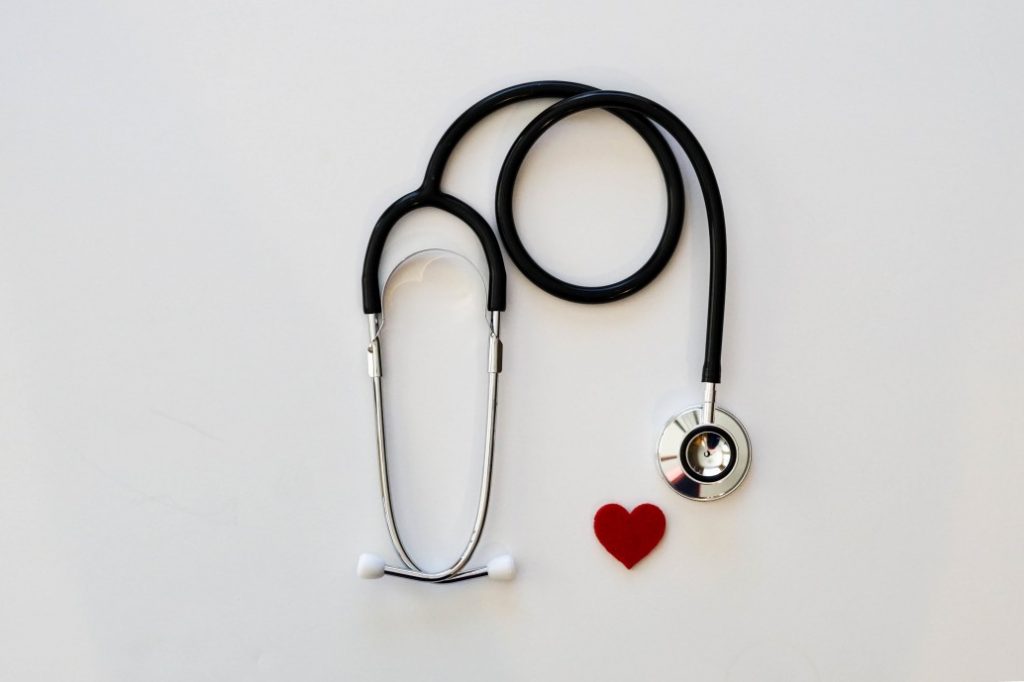You have very little time to negotiate your medical bills when you are in urgent need of medical care. If you’re underinsured or uninsured, however, you can ask for a lower bill if you can pay it in full upfront, or use a flexible spending account. You may be able negotiate a lower bill or avoid a medical loan if your bill is excessively high.
Unsecured personal loans
There are several reasons why you may be looking for an unsecured personal loan to raise finance for medical fees. The first is the absence of collateral. Medical loans may require you to put up a valuable asset, such as your car title. Unsecured loans have a lower interest rate, but you still have the option of getting credit with a score above 650. In addition, unsecured loans may have very low borrowing limits and high interest rates. To increase your credit trade lines for sale is the best option to improve your credit.
Another reason to consider an unsecured personal loan to pay for medical fees is its flexibility. The money can be used for emergency treatment, planned procedures, out-of-network charges, and pharmacy fees. These loans also allow you to spread the payments over a longer period of time, which may make large amounts more affordable. This is especially useful if you need large sums of money to pay your medical bills.
Some medical loans require excellent credit. Upstart is a good choice for people with fair or poor credit because it offers loans with competitive interest rates. Moreover, it offers loans to those with bad credit, but with a higher rate of interest. You can include a cosigner with outstanding credit to be eligible for an unsecured loan for medical expenses with a lower interest. 700 is the minimum credit score required to obtain a loan for medical expenses.
The interest rate on an unsecured medical loan depends on many factors. For example, a unsecured medical loan has a 6% APR. However, these are usually reserved for high-income borrowers with a good credit rating. Moreover, many medical personal loans come with a cap of between twenty-and thirty percent. Before you commit to a medical loan, it is a good idea to compare the rates.
Interest rates
The costs of health care continue to rise exponentially in the United States, and many patients are opting to incur debt to cover these costs. According to a study, 28 percent of Americans owe more than $10,000 in medical debt. Half of those who default on their medical bills have defaulted. Many of these debts are paid with personal or medical credit cards or patient financing companies, with the interest accumulating to a staggering $1155 per year.
Medical debts paid off
If you have a lot of credit card debt that you can’t pay off, a personal loan may be an option. These loans can be used for any expense, even medical expenses. These loans can be paid back over three to five years and offer many benefits, such as a flexible repayment plan. You can make smaller monthly payments by taking out a personal loan to pay off medical debt. This is ideal for people who are struggling to pay off large amounts of debt.
Your credit score does not immediately get affected by medical debt. It has a grace period of 180 days after it is sent to a collection agency. This allows you to contact your doctor and negotiate a payment plan. Many people find it difficult to pay their bills, because they don’t have the money. You can freeze your medical debt for up to six months. However, the collection agency will contact you immediately.
Talk to your providers if you are unable to pay your medical bills completely. Most providers will be happy to work out a payment plan with you. However, make sure you get the arrangement in writing. Some health providers, like the Cleveland Clinic, have arrangements with certain banks that allow patients to pay off their debt in installments over two or three years with no interest. Getting in touch with your medical providers before you can’t afford to pay your medical fees is the best way to avoid collection agencies.
Fundraising online
Crowdfunding is a great option if you need money to pay medical bills. Crowdfunding is a way for individuals, groups, or companies to come together and share the financial burden of paying medical fees. This approach is best for specific purposes. Before you start a crowdfunding campaign to raise money for cancer treatment, it is advisable to seek legal advice. Additionally, donations to charities are tax-deductible but donations to an individual are not.
There are many challenges to raising funds for medical expenses through crowdfunding, however. In an increasingly competitive landscape, medical crowdfunding can help you get noticed by the right people and secure enough donations to pay for your medical fees. Before you start your campaign, consider your personal circumstances and any requests from social networks for assistance. The Internet can be used to reach a large audience by sharing your personal story and asking for help. You might be surprised by the number of people willing to contribute and your campaign will be successful.
Crowdfunding is a great way to avoid financial bankruptcy if you don’t have the funds to pay for your entire medical procedure. Medical crowdfunding has many benefits. The first is that it helps raise awareness about medical conditions and the health care system. There are no restrictions on the number of people who can donate to your campaign. You may even attract people unfamiliar with crowdfunding. If you are unsure of how to set up a medical crowdfunding campaign, here are some tips.
Make a Facebook group. Facebook groups can provide a community for people to come together and help one another. Promote your group on your blog or through your email signature. Ideally, you should have at least 200 followers, but many people are not active on Facebook. Keep track of all responses, collect email addresses, and track donations. Then, share your fundraising page with your network and friends. That way, they can donate to you and your cause.
Crowdfunding
Health care systems around the world have struggled to fund innovative treatments and medical procedures. This is due to a lack in resources, insufficient information about a specific treatment or legislative changes. Many of these challenges have led individuals to turn to medical crowdfunding to cover their medical expenses. These campaigns focus on specific groups of patients, with the majority of crowdfunding campaigns focused on cancer and other unmet medical needs.
Some types of health care are considered unmet medical needs, and the World Health Organization (WHO) lists depression as the leading cause of disability worldwide. According to the WHO’s Global Burden of Disease Study, mental illness ranks fifth in Europe. The elderly and dementia are two of the most common health issues that have prompted medical crowdfunding. In addition to medical services, people with disabilities also seek donations to pay for equipment or animal-assisted therapies.
Although medical crowdfunding is not new, there are some pitfalls. Many crowdfunding sites have a small fee so make sure you check before you sign up. Regular updates are a must for donors to be able to ask questions and make comments. This is a great way to convert skeptical donors into enthusiastic supporters. There are many other ways to raise money for medical expenses, including online fundraising.
It may not be possible for someone to pay their medical bills without crowdfunding. However, people are turning to these platforms more and more to get money for their expenses. Many people rely on medical crowdfunding to avoid bankruptcy and medical debt. A University of Washington study found that most people who try to raise funds via crowdfunding are from states with higher medical expenses. As a result, the study concluded that medical crowdfunding is a viable option for those in need of emergency financial assistance.

